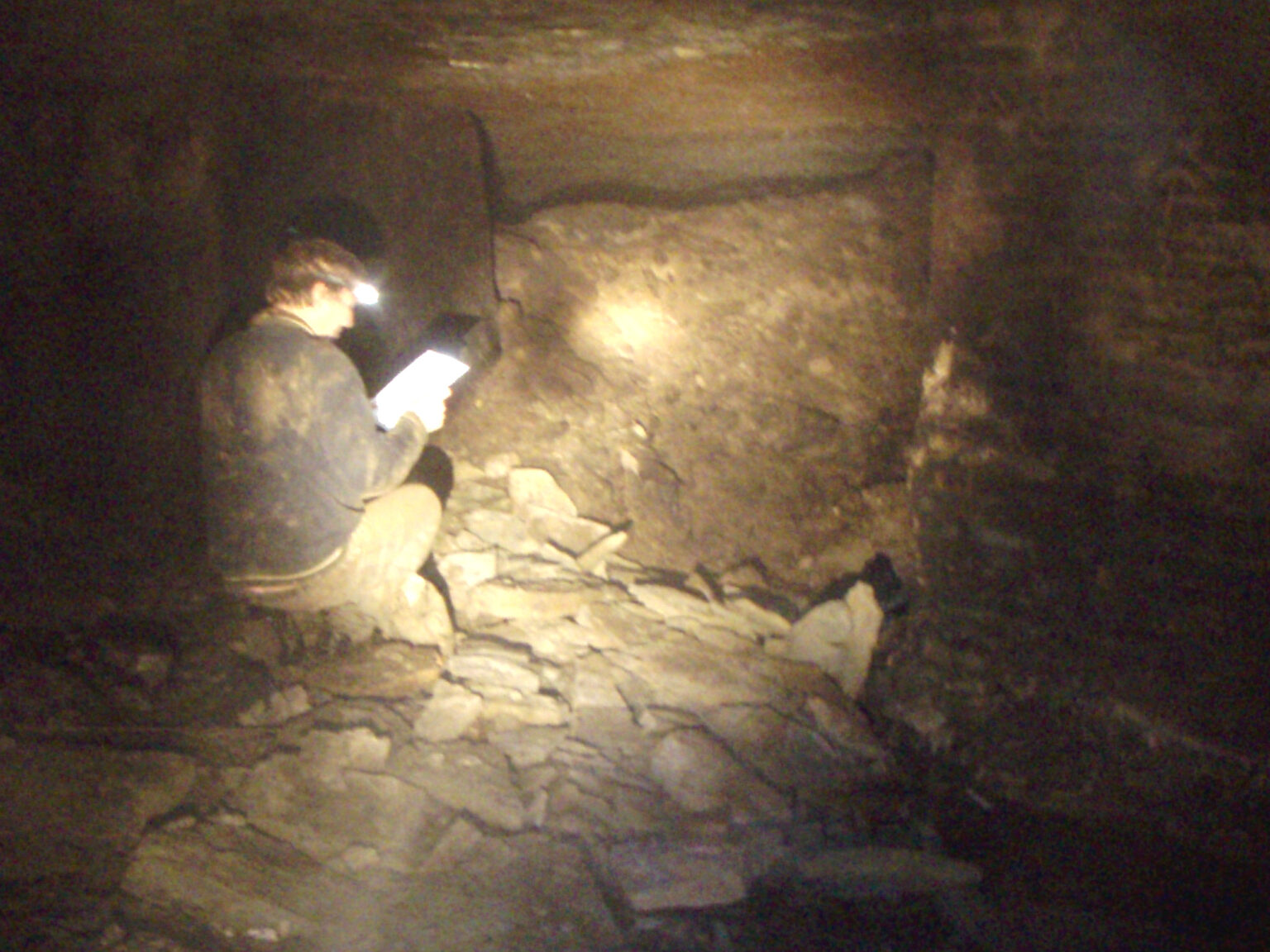When the French explorer Joseph Nicollet visited what is now Minneapolis, Minnesota, in 1836, he reported the temperature of Coldwater Spring, near Minnehaha Park, as 46 degrees Fahrenheit. Summer or winter, it retained this temperature, which reflected its latitude north of the equator. Groundwater averages out the large seasonal fluctuations in air temperature that we experience.
As the chief hydrologist involved with mapping and measuring thousands of springs for the Minnesota Department of Natural Resources, Dr. Greg Brick was focused on the temperature of groundwater for years. A large subterranean spring in Schieks Cave, located 75 feet below the streets of downtown Minneapolis, registered the highest groundwater temperature he’d ever measured in the state: a whopping 66 degrees Fahrenheit, which is 20 degrees above Nicollet’s baseline data.
Most of this warming can be attributed to heat conducted downwards through buildings and pavements. The resulting subsurface urban heat island (SUHI) would exist regardless of climate change, but according to modeling studies, 2/5 of the temperature effect can be attributed to this factor. And it’s not confined to Minneapolis, or U.S. cities. Indeed, SUHIs are much better studied in Europe and Asia. But the first, sudden recognition of this emerging issue in a local setting caught Brick off guard.
According to Brick, warming groundwater has public health implications that everyone should be aware of. Warming urban aquifers become fermentation vessels for water-borne pathogens originating from leaking sewage. The warming creates a “microbial soup” when sewage leaks occur, since warmer temperatures correlate with increasing threat from water-borne pathogens, which can be drawn into ruptured water mains through “back siphonage.” Water turbidity (cloudiness) at the tap, associated with bacterial contamination, often results. Every year there are countless water-main breaks in the nation’s cities, followed by boil water notices. Failure to heed such warnings can lead to gastrointestinal illnesses. It provides one more reason why replacing aging infrastructure is a good idea.
A related concern involves drinking “raw water” from natural springs in urban areas. In the Twin Cities of Minneapolis and St. Paul, most of these springs already have mildly elevated temperatures, and historically have been responsible for typhoid cases. In his mapping expeditions along the Mississippi River, which meanders through those cities, Brick found discarded 1-gallon plastic jugs at many springs, highlighting their popularity.
The Minneapolis thermal anomaly is the strongest signal of anthropogenic (human-caused) groundwater warming measured in Minnesota, and the most striking groundwater phenomenon that Brick has encountered in his years as a hydrologist. While first described in his book Subterranean Twin Cities, published by the University of Minnesota Press, the data has now been made available in the peer-reviewed scientific literature. Brick has published several other cave books during his professional career in environmental consulting, academia, and government.

Greg Brick’s Hyperlinks:
Scientific report: https://agupubs.onlinelibrary.wiley.com/doi/book/10.1002/9781119818625
Author website: https://drgregbrick.com/
Subterranean Twin Cities: https://www.upress.umn.edu/9780816645978/subterranean-twin-cities/
Atlas Obscura profile: https://www.atlasobscura.com/articles/heat-island-schieks-cave-minneapolis




